Laser Hair Removal
Advanced Skin Treatments in Sunbury-on-Thames, Surrey offers a variety of solutions for those seeking smoother, more confident skin. One popular treatment is laser hair removal, which utilizes concentrated light to target and permanently reduce unwanted hair growth.
Types of Lasers
Laser hair removal uses specific wavelengths of light that are absorbed by the melanin in hair follicles. This absorption heats up the follicle, damaging its ability to produce new hair. Different types of lasers are used depending on the client’s skin and hair color.
One common type is the Alexandrite laser, which is effective for lighter skin tones with darker hair. The Nd:YAG laser, on the other hand, is better suited for darker skin tones as it emits longer wavelengths of light that are less likely to cause pigmentation issues. The diode laser is another option that works well for a wide range of skin and hair types.
Treatment Process
Prior to treatment, the area to be treated will be cleansed and prepared. A cooling gel may be applied to protect the skin and enhance the laser’s effectiveness. The laser device emits pulses of light that are directed at the targeted hair follicles. Each pulse lasts for a very brief period, and the sensation is often described as a mild snapping or stinging.
The number of treatments required varies depending on individual factors such as hair color, thickness, and growth cycle. Typically, multiple sessions spaced several weeks apart are necessary to achieve optimal results. After treatment, the skin may be slightly red or swollen, but this usually subsides quickly.
It is important to avoid sun exposure and use sunscreen diligently following laser hair removal to protect the treated skin.
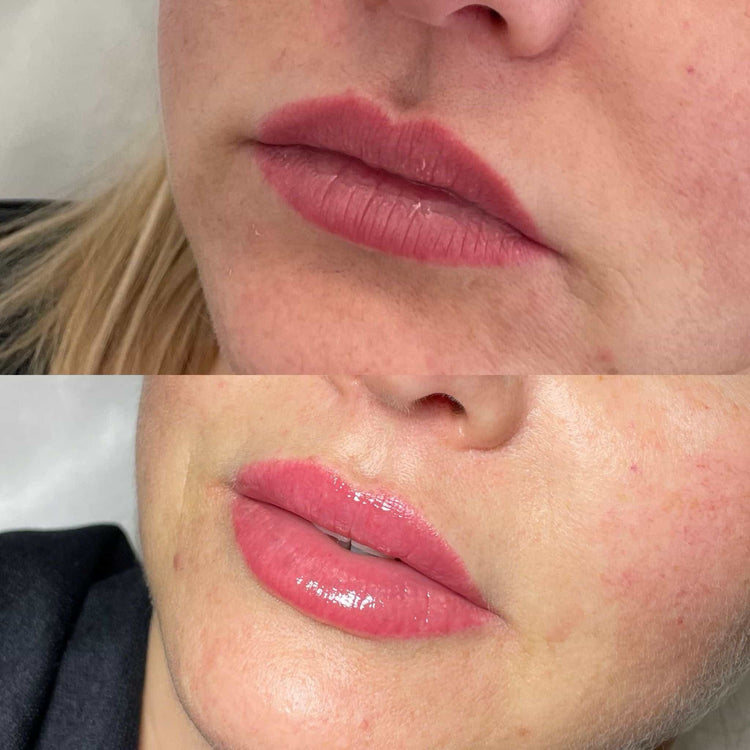
Benefits and Risks
Laser hair removal offers several benefits, including long-term reduction in unwanted hair growth, smoother skin texture, and time saved on shaving or waxing. It can also be a more precise method of hair removal than other techniques, minimizing irritation and ingrown hairs.
However, there are potential risks associated with laser hair removal. These include temporary redness, swelling, or discomfort at the treatment site. In some cases, more serious side effects such as scarring, pigmentation changes, or infections can occur, although these are relatively rare. It is crucial to consult with a qualified and experienced practitioner to minimize the risk of complications and ensure safe and effective treatment.
Individuals with certain skin conditions, such as eczema or psoriasis, may not be suitable candidates for laser hair removal. Additionally, pregnant women and those taking certain medications should avoid this treatment.
Chemical Peels
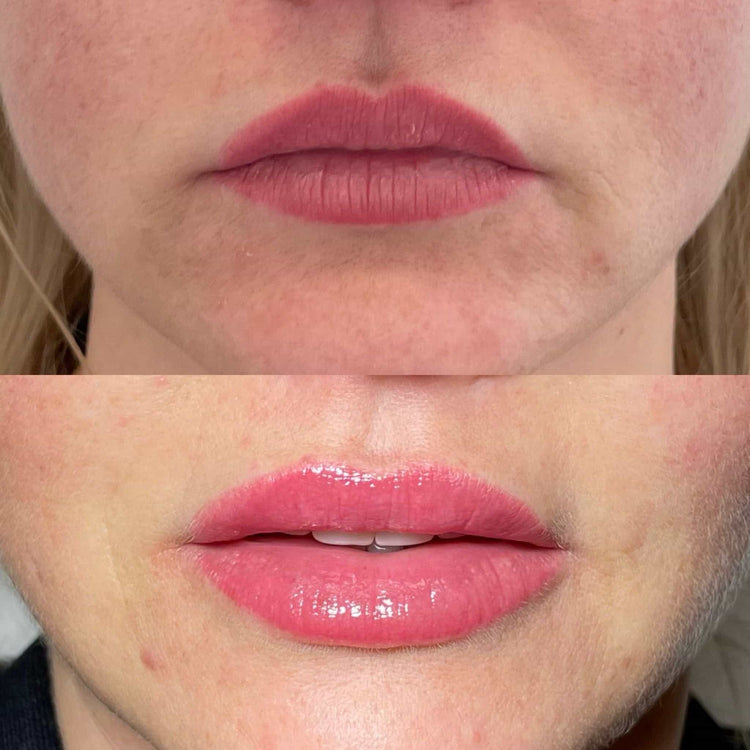
Another sought-after advanced skin treatment is the chemical peel. This procedure utilizes a chemical solution to exfoliate the outermost layers of the skin, revealing fresher, smoother skin underneath. Chemical peels can address various skin concerns, including fine lines, wrinkles, acne scars, uneven pigmentation, and sun damage.
Different Peel Types
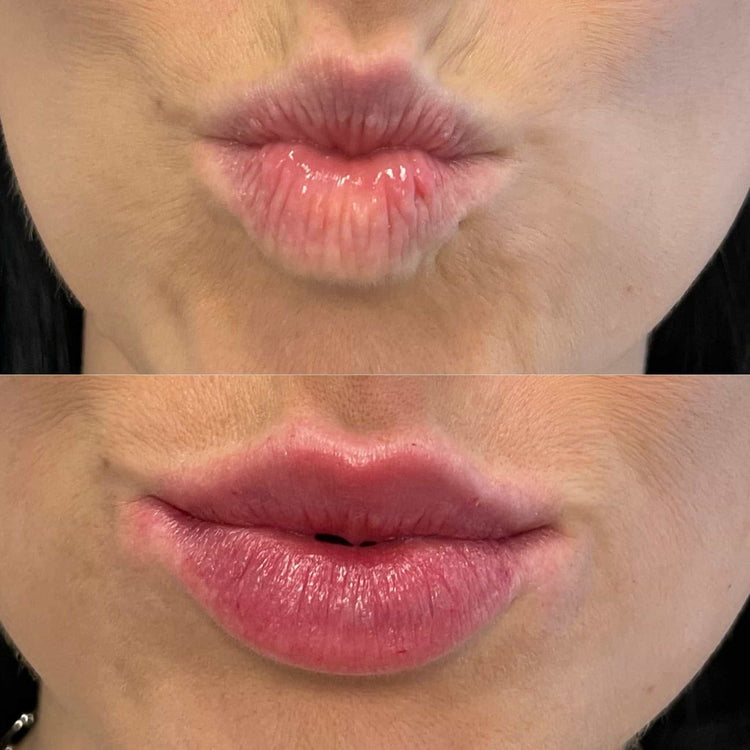
Chemical peels are categorized into different types based on their depth of penetration and the strength of the chemical solution used. Superficial peels involve the outermost layer of skin (epidermis) and are suitable for mild concerns like fine lines, age spots, and uneven texture. These peels often use alpha hydroxy acids (AHAs) such as glycolic acid or lactic acid.
Medium-depth peels target deeper layers of the skin (dermis) and address more pronounced issues like moderate wrinkles, acne scars, and sun damage. Trichloroacetic acid (TCA) is a commonly used chemical in medium-depth peels.
Deep peels are the most aggressive type and penetrate the deepest layer of the skin. They are typically reserved for severe cases of scarring, wrinkles, or precancerous lesions and often involve phenol as the active ingredient. Due to their invasiveness, deep peels require a longer recovery period.
Procedure and Aftercare
Chemical peels offer a transformative approach to skincare by removing damaged outer layers, revealing revitalized skin underneath. This procedure utilizes a chemical solution to achieve exfoliation, addressing various concerns like wrinkles, acne scars, and uneven pigmentation.
- Superficial Peels: These peels target the epidermis (outermost layer) using AHAs like glycolic acid or lactic acid. They are ideal for mild imperfections such as fine lines, age spots, and uneven texture.
- Medium-Depth Peels: Penetrating deeper into the dermis, these peels utilize TCA to address more significant concerns like moderate wrinkles, acne scars, and sun damage.
- Deep Peels: The most intensive type, deep peels involve phenol and are reserved for severe cases of scarring, wrinkles, or precancerous lesions. Recovery time is extended due to their deeper penetration.
Aftercare following a chemical peel is crucial for optimal healing and results. It typically involves:
- Protecting the skin from sun exposure with broad-spectrum sunscreen and avoiding direct sunlight.
- Keeping the treated area clean and moisturized as directed by the practitioner.
- Avoiding harsh skincare products, exfoliation, or picking at the skin.
- Attending follow-up appointments for evaluation and continued care.
Suitable Skin Concerns
Chemical peels are a popular advanced skin treatment that use a chemical solution to exfoliate the top layers of skin. This reveals fresher, smoother skin underneath and can address various concerns such as fine lines, wrinkles, acne scars, uneven pigmentation, and sun damage.
There are different types of chemical peels categorized by their depth of penetration and the strength of the chemical solution used. Superficial peels, which use alpha hydroxy acids (AHAs) like glycolic acid or lactic acid, target the outermost layer of skin (epidermis) and are suitable for mild concerns.
Medium-depth peels penetrate deeper into the dermis using trichloroacetic acid (TCA) and address more pronounced issues like moderate wrinkles, acne scars, and sun damage. The deepest type of chemical peel is reserved for severe cases of scarring, wrinkles, or precancerous lesions and often involves phenol.
Chemical peels can be a beneficial treatment for various skin concerns, including:
- Fine lines and wrinkles
- Acne scars
- Uneven skin tone and pigmentation
- Sun damage
- Age spots
Microneedling
Another sought-after advanced skin treatment is microneedling. This minimally invasive procedure involves using a device with tiny needles to create controlled micro-injuries in the skin. These micro-injuries stimulate the body’s natural healing process, prompting collagen and elastin production, which leads to improved skin texture, reduced fine lines and wrinkles, and a more youthful appearance.
How Microneedling Works
Microneedling works by creating controlled punctures in the skin. These tiny injuries trigger the body’s natural healing response, stimulating the production of collagen and elastin. Collagen is a protein that provides structure and support to the skin, while elastin gives skin its elasticity. Increased collagen and elastin production result in thicker, firmer, and smoother skin.
Skin Benefits
Microneedling offers numerous benefits for the skin. It can effectively reduce the appearance of fine lines and wrinkles by stimulating collagen production, leading to a more youthful complexion.
It also helps minimize the appearance of acne scars and other types of scarring by promoting tissue regeneration and improving skin texture. Additionally, microneedling can enhance the absorption of skincare products by creating tiny channels in the skin, allowing for deeper penetration and better results.
Recovery Time
Recovery time after a microneedling treatment typically involves some mild redness, swelling, or tingling that usually subsides within a few hours to a couple of days.
It’s common to experience slightly rough skin for a day or two as well.
To minimize downtime and promote healing, it’s important to follow your practitioner’s aftercare instructions carefully.
Dermal Fillers
Dermal fillers are another popular advanced skin treatment option. These injectable gel-like substances are used to add volume and fullness to the skin, smoothing out wrinkles and restoring a youthful contour. Fillers can be strategically placed in areas such as the cheeks, lips, under the eyes, and forehead to address various concerns like volume loss, fine lines, and facial asymmetry.
Filler Materials
Dermal fillers are injectables composed of gel-like substances used to restore volume and fullness to the skin. They effectively smooth wrinkles, enhance contours, and create a more youthful appearance. Commonly used filler materials include hyaluronic acid (HA), calcium hydroxylapatite, poly-L-lactic acid (PLLA), and autologous fat.
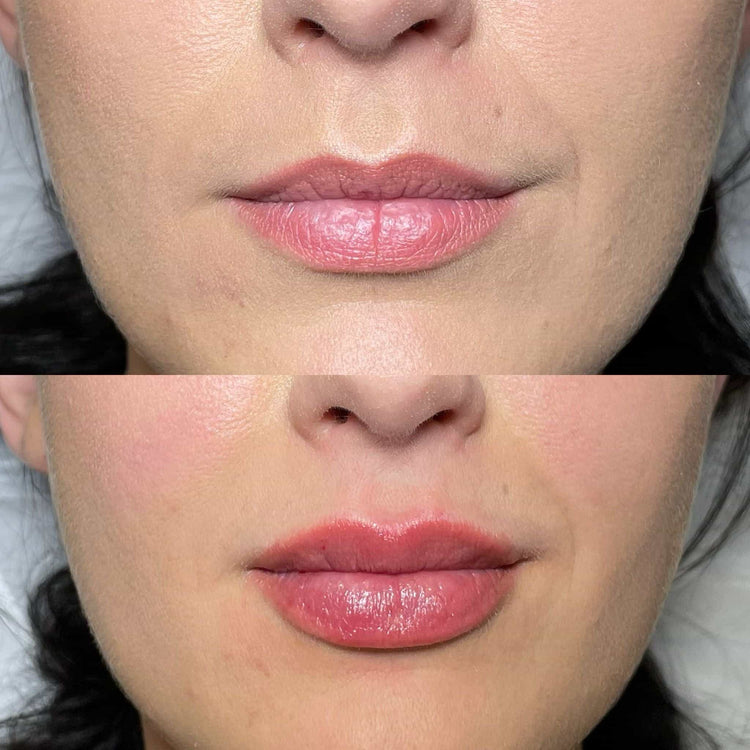
Hyaluronic acid is a naturally occurring substance in the body that attracts and holds water, providing hydration and volume to the skin. Fillers made with HA are particularly popular due to their versatility, safety profile, and ability to be easily reversed if needed. Calcium hydroxylapatite stimulates collagen production and provides a more structural support for deeper wrinkles and folds.
Poly-L-lactic acid (PLLA) is a biodegradable material that gradually stimulates collagen growth over time, resulting in a gradual lifting effect. Autologous fat transfer involves using the patient’s own fat, which is harvested from another area of the body and injected into the desired location for volume enhancement.
Application Areas
Dermal fillers are injectables composed of gel-like substances used to restore volume and fullness to the skin. They effectively smooth wrinkles, enhance contours, and create a more youthful appearance. Commonly used filler materials include hyaluronic acid (HA), calcium hydroxylapatite, poly-L-lactic acid (PLLA), and autologous fat.
Hyaluronic acid is a naturally occurring substance in the body that attracts and holds water, providing hydration and volume to the skin. Fillers made with HA are particularly popular due to their versatility, safety profile, and ability to be easily reversed if needed. Calcium hydroxylapatite stimulates collagen production and provides a more structural support for deeper wrinkles and folds.
Poly-L-lactic acid (PLLA) is a biodegradable material that gradually stimulates collagen growth over time, resulting in a gradual lifting effect. Autologous fat transfer involves using the patient’s own fat, which is harvested from another area of the body and injected into the desired location for volume enhancement.
Expected Results
Dermal fillers are gel-like substances injected into the skin to restore volume and fullness. They can smooth wrinkles, enhance contours, and create a more youthful appearance. Common filler materials include hyaluronic acid (HA), calcium hydroxylapatite, poly-L-lactic acid (PLLA), and autologous fat.
Hyaluronic acid is a naturally occurring substance that attracts and holds water, providing hydration and volume to the skin. HA fillers are popular for their versatility, safety profile, and reversibility.
Calcium hydroxylapatite stimulates collagen production and provides structural support for deeper wrinkles and folds. Poly-L-lactic acid gradually stimulates collagen growth over time, resulting in a gradual lifting effect.
Autologous fat transfer involves injecting the patient’s own fat into the desired area for volume enhancement.
Botox
Advanced Skin Treatments in Sunbury-on-Thames, Surrey also offers Botox injections as a popular anti-aging solution. Botox is a neurotoxin that temporarily paralyzes muscles, effectively reducing the appearance of wrinkles and fine lines by preventing them from contracting.
Muscle Relaxing Effects
Botox injections are a popular treatment for smoothing out wrinkles and fine lines. It works by temporarily blocking nerve signals to the targeted muscles, resulting in muscle relaxation. This paralysis reduces the muscle contractions that cause wrinkles, leading to a smoother appearance. Common areas treated with Botox include frown lines between the eyebrows, crow’s feet around the eyes, and forehead wrinkles.
Treatment Duration and Frequency
Botox typically lasts for 3-6 months. The duration of results can vary depending on factors such as individual metabolism, muscle activity, and the amount of Botox injected.
The frequency of Botox treatments also varies, but most patients schedule repeat appointments every 3-4 months to maintain their desired results.
Common Uses
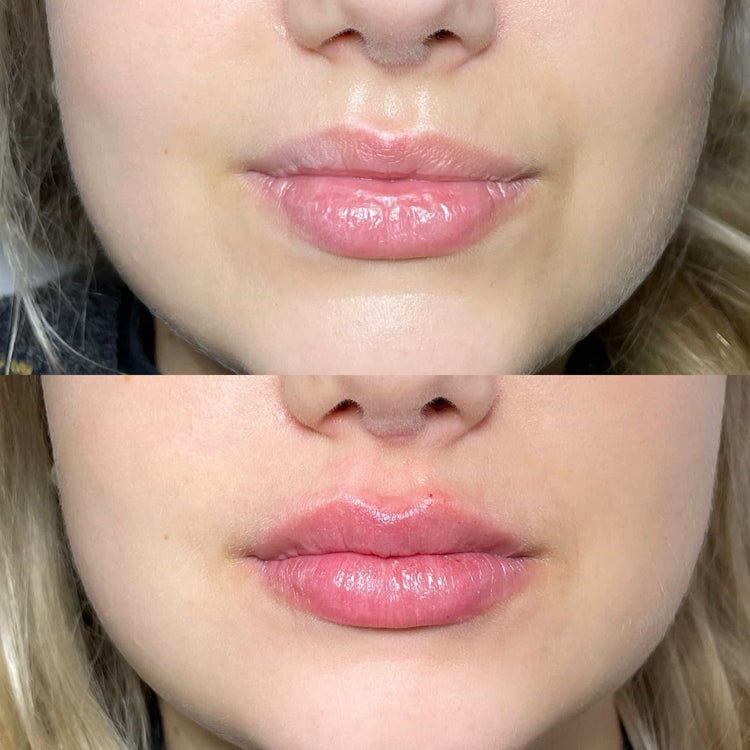
Botox is a neurotoxin that temporarily paralyzes muscles. It is commonly used to reduce the appearance of wrinkles and fine lines by preventing the muscles from contracting.
Common uses for Botox include:
* **Forehead Lines:** Smoothing out horizontal wrinkles on the forehead caused by raising eyebrows.
* **Frown Lines:** Reducing vertical lines between the eyebrows, often referred to as “11s”.
* **Crow’s Feet:** Minimizing the fine lines and wrinkles at the corners of the eyes that appear when smiling or squinting.
Botox can also be used to treat other muscle-related conditions such as migraines and excessive sweating.
Book a consultation for tailored lip fillers with Dr. Laura Geige at It’s Me & You Clinic
- Why Can’t You Wear Lipstick After Lip Fillers? - November 4, 2025
- What Is The Best Filler For Jowls And Marionette Lines? - November 1, 2025
- What Are The Alternatives To Bum Filler Injections? - October 31, 2025
